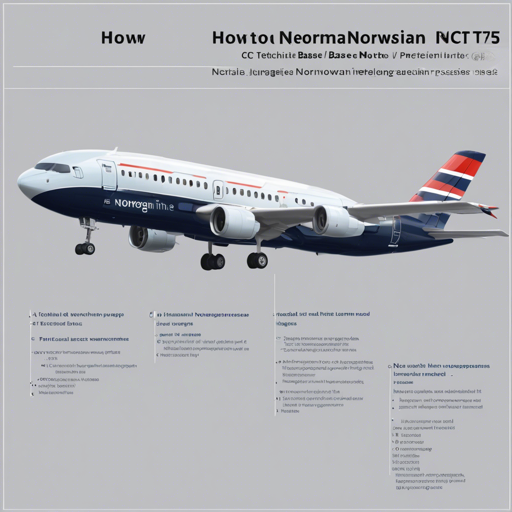In the realm of natural language processing, training a model that understands specific languages can significantly enhance its effectiveness in real-world applications. In this guide, we will learn how to train a Norwegian T5 base model on the Norwegian Colossal Corpus (NCC). By the end of this guide, you will have a solid understanding of how to deploy the model and the steps involved in fine-tuning it for specific tasks.
Understanding the Norwegian T5 Base Model
The Norwegian T5 Base Model is built for handling Norwegian language data. However, before applying it to any specific tasks, this model needs to be fine-tuned. Think of fine-tuning as dressing the model in the right outfit for a specific occasion—without it, the model may not perform optimally.
Setting Up Your Environment
Before you start the training process, ensure you have a proper environment set up with the necessary libraries and configurations. Here’s what you’ll need:
- TPU v3-8
- Flax library for training
- Norwegian Colossal Corpus data
- Configured training script (run_t5_mlm_flax.py)
Training the Model
Once you have set up your environment, follow the steps below to train the model:
bash run_t5_mlm_flax.py --output_dir=. --model_type=t5 --config_name=. --tokenizer_name=. --train_file mntdisksflaxdiskcorpusnorwegian_colossal_corpus_train.json --validation_file mntdisksflaxdiskcorpusnorwegian_colossal_corpus_validation.json --max_seq_length=128 --weight_decay=0.01 --per_device_train_batch_size=128 --per_device_eval_batch_size=128 --learning_rate=8e-3 --warmup_steps=2000 --overwrite_output_dir --cache_dir mntdisksflaxdiskcache --num_train_epochs=3 --adam_beta1=0.9 --adam_beta2=0.98 --logging_steps=100 --save_steps=2500 --eval_steps=2500 --preprocessing_num_workers 96 --adafactor --push_to_hubThis command is like giving your model a recipe to prepare a delicious dish. Each parameter is an ingredient that contributes to the final outcome:
- output_dir: Where the model will save its training.
- model_type: Specifies that we are using the T5 model.
- train_file and validation_file: The datasets you are training your model on.
- max_seq_length: The maximum number of words the model will read at one time.
- learning_rate: How quickly the model learns from its mistakes.
- num_train_epochs: The number of times the model will learn from the entire dataset.
Troubleshooting Common Issues
As you embark on this training journey, you may encounter some bumps along the way. Here are a few common issues and solutions:
- Out of Memory Errors: If you run into memory errors, consider reducing the
per_device_train_batch_size. - Data Not Found: Double-check the paths for your
train_fileandvalidation_file. Ensure the JSON files are in the right location. - Slow Training: If training seems unusually slow, verify that your
preprocessing_num_workersis set appropriately—more workers can speed up the process.
If you continue to face issues, for more insights, updates, or to collaborate on AI development projects, stay connected with fxis.ai.
Conclusion
Training the Norwegian T5 Base Model on the NCC is a straightforward yet rewarding process. By understanding the various parameters and their impact, you set yourself up for successful model training and application. At fxis.ai, we believe that such advancements are crucial for the future of AI, as they enable more comprehensive and effective solutions. Our team is continually exploring new methodologies to push the envelope in artificial intelligence, ensuring that our clients benefit from the latest technological innovations.

